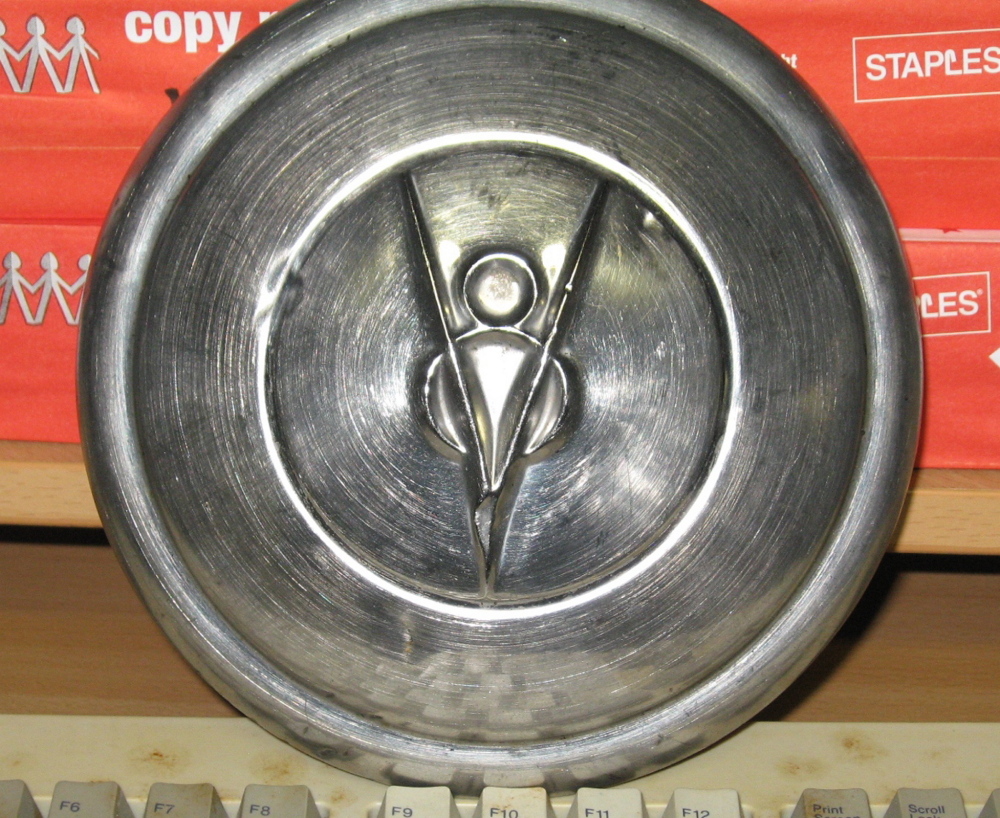Last week, while mounting eight more solar panels on my henhouse, I found the shiny hubcap to a 1932 Ford. This car, and the scrambled wiring between the ears of your average 15-year-old boy, is the topic of our discussion today.
In December 1950, my classmate Stanley Stone sold me a 1932 Ford coupe convertible. I was a sophomore in high school and 14 years old. Unfamiliar with either Adam Smith or Bernie Madoff, I asked Stanley what he wanted for it. He said, “How much money do you have?”
I held out $43 and became the proud owner of my first car.
When one is 14, a driver’s license and number plates mean nothing, so I got in and drove it home from Port Clyde. I probably didn’t know how to drive at the time.
The first car is a major step in any person’s life – which is why I can still remember what happened when I parked in the driveway.
My mother asked where I got permission to buy a car.
“Papa said I could have it.”
Accusingly: “Did you tell him he could have a car?”
With shrugged shoulders: “I didn’t know he had any money.”
A 1932 Ford has mechanical brakes. It takes a big man with a muscular leg to stop it. I was small for my age and didn’t have strength enough to even slow it down.
One day, thinking I was following a friend, I came up behind Ed Tyler so fast over by Harrington Cove that I couldn’t slow down.
Unable to pass, because there was something coming the other way, I went by him in the ditch on the right-hand side. My brother, who was 11, was with me. No seat belts. And it was one of the few places on the entire road where such a maneuver was possible.
While proofreading this, my brother saw the words “something coming the other way,” and said, “It was a Golden Heart bread truck.”
I said, “After 64 years, do you still remember that?”
He said, “I guess I do!”
One of the advantages of learning to drive in a car that has no brakes is being conditioned to drive that way for the rest of your life. If you’ve ever been behind an old man who creeps up to stop signs or the stopped car in front of him, he is not senile: He learned to drive in an old Ford with mechanical brakes.
It is a wonder I didn’t get killed driving that death trap. It had a 1936 V8 engine and would go 70 mph.
My father got our local mechanic, Russ Thomas, to put a piece of aluminum with holes in it between the carburetor and the manifold so only part of the gas would get to the cylinders. It took me a week or so to figure out that one. And although I didn’t dare take out the aluminum baffle, I did punch more holes in it.
That summer, Richard Roberts and I met Andy Wyeth out in the middle of the St. George River. He was surprised that I’d never heard of him.
Richard was a summer rusticator from 52nd Street in New York City, which meant that when you came to St. George, Maine, you needed a skiff with an outboard. Andy had a fancy varnished boat, which he said someone gave to him, that could tow us faster than we could go with Richard’s little outboard.
He made arrangements with me to pick him up on Lou’s shore the next day and drive him up to our Baptist church. We climbed up into the steeple and I stood on the steps while he did the sketches for “Toll Rope.” He said he was interested in the shadows. I didn’t think the drawings looked like me.
(Forty-eight years later, he wrote me a note that said that I was in the sketches and painting but that he rubbed me out of the final draft. I felt good about that because – as you might have read in many credible publications – the most important thing in any Wyeth painting is that which he leaves out.)
As we left the church I asked Andy to draw me a picture of the Ford, but he was more interested in houses and barns that were about to collapse.
When the Ford’s fuel pump wouldn’t work, I would cut a piece off the end of my leather belt and stick a round leather plug up inside the piston arm.
When the gas line going to the gas tank broke, I ran a copper line from the fuel pump to a gallon glass jug on the floor – so I could buy only 15 cents’ worth of gas at a time. As I drove I could see the gas go down in the gallon jug.
True Hall, who was putting down the floor in his new house across the road from Father’s, says he remembers hearing me holler in frustration: “Gas, gas, gas. I just put in half a gallon.”
Bruno Peterson finally bought it from me for $15. He cut the fenders off with an ax, and the remains ended up in Johnny Munroe’s junkyard in Spruce Head.
I have only the memories and hubcaps from my first car. If I had the rest to sell today, we could vacation in Spain for the rest of our days.
The humble Farmer can be seen on Community Television in and near Portland and visited at his website:
Send questions/comments to the editors.



Comments are no longer available on this story